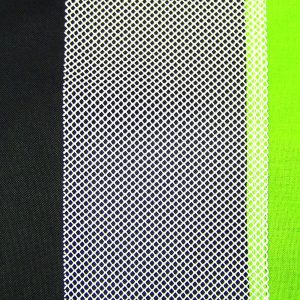

X
This site uses cookies. By continuing to use this site you agree to our use of cookies. To find out more, see our Privacy Policy and Cookie Policy.

Flying a flag isn’t just about choosing the right design. It’s a meticulous process that involves crafting every detail to perfection. One crucial aspect that often goes unnoticed is flag finishing. Here are some of the finishing touches that elevate a piece of fabric into a symbol of pride and identity.
 Securing the edges of a flag, providing structural integrity and aesthetic appeal. They play such an important role in enhancing the overall durability of a flag.
Securing the edges of a flag, providing structural integrity and aesthetic appeal. They play such an important role in enhancing the overall durability of a flag.
We can add anti fray netting to the fly end of your flag so that, when exposed to the elements, this begins to fray before the hems do. It is also possible to add reinforced corners, extra stitching, and other fortifications. These enhance the durability of flags, especially when displayed outdoors in various weather conditions.
These are the small but mighty eyelets that facilitate the hoisting of a flag. From traditional brass grommets to modern alternatives, it is important to choose the right material for longevity and strength.
There is the traditional rope and toggle finish. Alternatively there is a sleeved-and-eyeleted or sleeved-and-mast-band finish, both for use on a swivel arm flagpole.

Single-sided prints have a mirror image on the back of the flag as the design bleeds through from one side to the other. Double-sided flags are two flags sewn together back-to-back. They have the same print on both sides. This is often important when there is text to read, so that both sides read correctly.
The number of different colours on a flag design can affect how it needs to be printed, as well as the price of it. If flags are digitally printed, they can contain as many colours as required. However, this type of printing is more expensive when large quantities are ordered.
These decorative finishes add a touch of elegance to flags, making them suitable for ceremonial occasions, parades, and special events.
The most popular materials are knitted polyester for printed flags, and woven for those that are hand sewn. Hand sewn flags generally last longer as the material is thicker, so the choice of material does depend a lot on the required longevity of the flag.
For the eco-conscious, our Harrison Eco™ flag is the choice for you. Our innovative material is made from recycled plastic items. Harrison Eco™ has the same durability, strength and versatility as its knitted polyester equivalent. However it has a much lower environmental impact. It creates 75% less CO2 emissions than virgin polyester in production. It also meets the requirements for the OEKO-TEX 100 standards and is free from toxic elements.
How long a flag will last depends on many of the points above, as well as its location and how it is maintained. So, as you embark on the exciting journey of flying a flag, there are many decisions to be made in terms of the finishing. Every stitch, colour and ornamental edge plays a role in transforming fabric into a symbol of identity, pride, and history.